Vagabonding Field Reports: Playing the Exchange Rate in Croatia
Cost/Day: $50
It’s not everyday that you can visit the medieval section of Zagreb to see the cathedral, turn a corner, and find yourself at “The Museum of Broken Relationships,” winner of the 2011 “Most Innovative” European Museum Award. At first I thought it was a joke, but it’s an actual museum and judging by the crowds a very popular one. This striking dichotomy between the trendy and the classic is a major factor in why people visit Croatia. A few other reasons are the world-class beaches, friendly people, great exchange rate and sumptuous food.
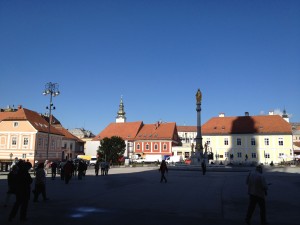
A typical day in Zagreb is waking up around 9 a.m. and heading to one of the myriad cafes that line the narrow alleys in front of the cathedral. The open-air stalls begin to open for the day, and in May it’s a pleasant 65 degrees by mid-morning. An omelet and coffee will set you back about $4 including tip and tax.
Then it’s time for a stroll, there’s a lot of eating in Croatia so working up an appetite is a smart move. Continuing through the Upper Town, the Dolac Market appears. It is essentially a permanent farmer’s market on steroids. Hundreds of carts and stalls peddling eggs, produce, honey, olive oil and pretty much anything that can be grown or raised. This is the premier spot to pick up ingredients if you want to cook at home.
Speaking of home, a daily fully-furnished apartment rental in Zagreb is about $25 for an amazing location and a kitchen. I used airbnb.com and was not disappointed. There are also a bevy of top-notch hostels renting beds for about $10 a night.
If you’re ready for lunch, head on over to Mali Medi. This restaurant is a Zagreb fixture that sells traditional Croatian fare and home-made beer. A lunch is around $5 and could be anything from sausage and mashed potatoes to stew. A liter of their delicious beer is $3 and can be bought for take-away.
In the afternoon, Zagreb features Zrinjevac, a beautiful park in the center of the city. There are several prominent museums and art galleries, in addition to great outdoor activities. Locals love to head out to Medvenica Mountain for hiking or Jarun Lake for boating.
In the evening, the cafe culture of Zagreb is lively and cheap. Throngs of people drift through the streets, stopping for a coffee here and a glass of wine there. Most locals can speak some English and are very pleased to tell you exactly what they think of sports and politics and expect you to weigh-in with your views as well.
I myself had an interesting experience with a local waiter when trying to order a drink. Although his English was good, my Croatian consists of few words and many hand gestures. Something was bound to get lost in translation. I enquired if there were any good local beers I could try, he smiled broadly and said, “Oh yes, we have Pivo.” Assuming Pivo was the name of a local beer I ordered one and settled in. The beer came out and definitely did not say “Pivo” on the bottle. I asked if he had made a mistake and he shook his no and looked slightly perturbed. I decided to let it drop and sipped the watery beer. Most restaurants in Zagreb sign contracts with a beer company to sell only their brand and thus switching was not an option.
It was a few days later that I learned that Pivo is not a local brand, but in fact the Croatian word for beer. The waiter had been so happy about my order because apparently his restaurant had been saddled with a bad brand and I was the first to ever order it. I soon after resolved to learn the names of important food and beverage items in Croatian.
Zagreb is fantastic for dining and culture. The weather is great and the city beautiful. The only knock on Zagreb is that it is well inland and many head to Croatia for the beach, specifically the Dalmatian Coast. If this is you, then head for Split. Trains run four times a day from Zagreb and take about six hours.
One challenging thing about Croatia is navigating the streets when you first get to town. In Spain or France, the names may be foreign, but they at least look vaguely familiar and most people have some exposure to French and Spanish. For those with no background in Slavic languages, directions and street signs can be a bit tough at first. The nice thing about Zagreb is that the city center is relatively small and very walkable so most of the time you don’t have to worry about trams.
A new lesson that I learned is to take care of everything you can in a country with a favorable exchange rate while traveling. Basic things like getting a haircut, buying razorblades or finding a dress shirt are infinitely cheaper is some countries, so take advantage as you pass through.
Up next…Munich for brats and beer!

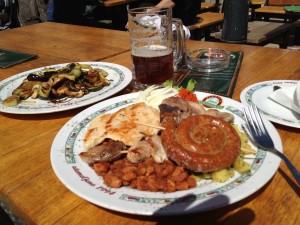
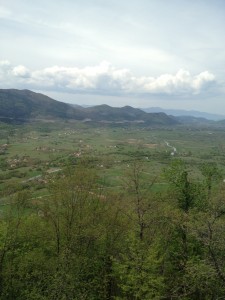
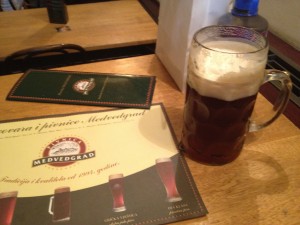
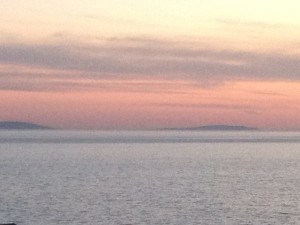
May 26th, 2012 at 3:04 am
I do agree with all of the ideas you’ve introduced for your post. They are really convincing and will certainly work. Still, the posts are very brief for beginners. May just you please extend them a bit from next time? Thank you for the post.